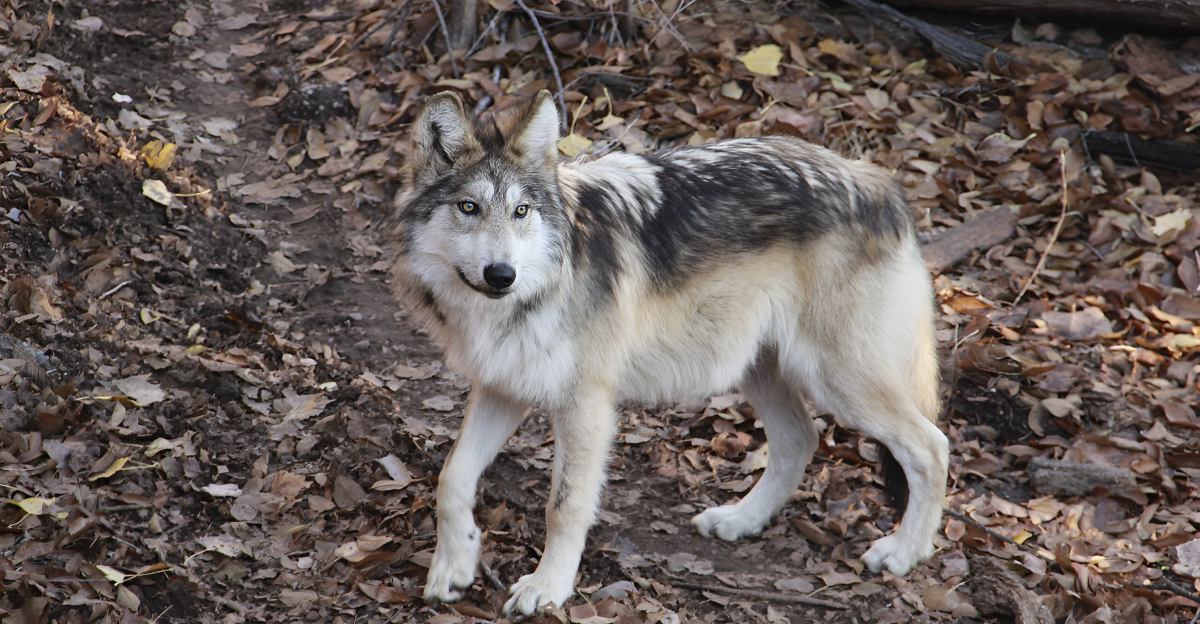
It’s a remarkable story of strength and resilience when a species on the brink of extinction makes a comeback. After decades of barely being present in the state, new wolf packs have been confirmed in the wild, signaling a significant shift in the region’s ecological balance. This new presence marks a victory for conservation efforts.
The wolves’ return, mainly through natural migration from neighboring states, has reignited both celebration and concern, as their presence reshapes the landscape and sparks new conversations about coexistence between wildlife and rural communities.
How Wolves Returned to California
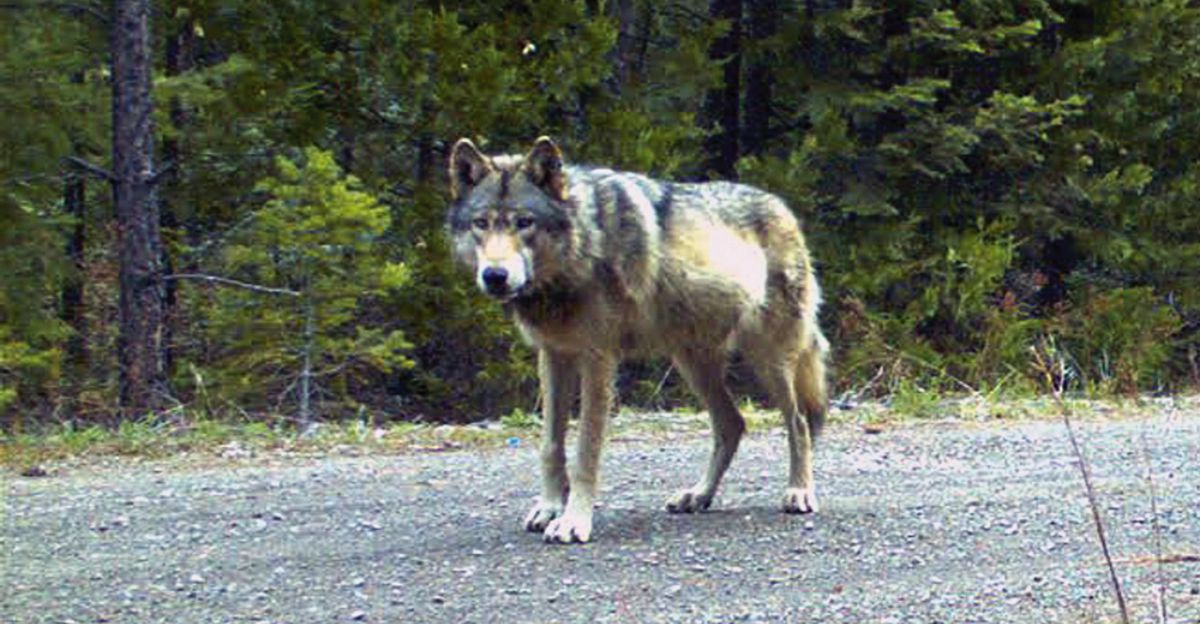
It all started in December 2011, when a male wolf known as OR-7, fitted with a radio collar by Oregon biologists, crossed the border and became the first confirmed wild wolf in California since 1924. In 2015, the state’s first modern wolf pack, the Shasta Pack, was documented after two adults, likely from Oregon, had five pups in Siskiyou County.
Since then, wolves have naturally recolonized parts of their historic range, establishing breeding pairs and family groups without human reintroduction.
The New Packs
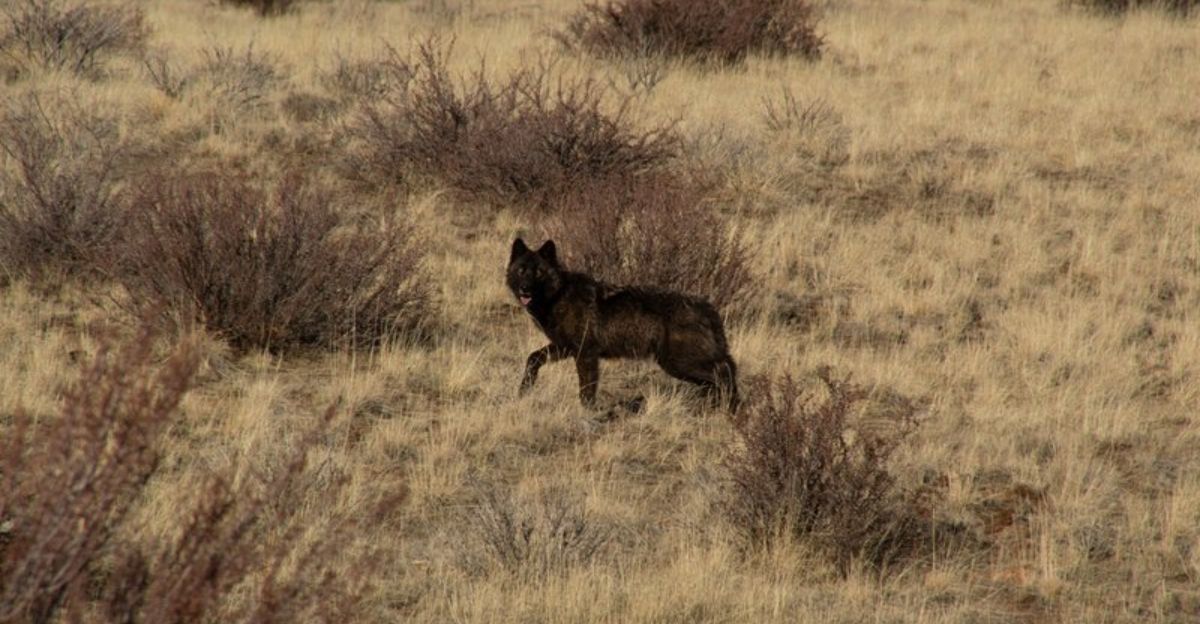
These three new packs in the state sure are something to be proud of because all conservation efforts have worked towards this day. The Ishi Pack has established itself in eastern Tehama County, thriving in the rugged, forested landscapes. The Tunnison Pack roams central Lassen County, an area known for its expansive wilderness and proximity to national forest lands.
Meanwhile, the Ashpan Pack occupies eastern Shasta County, significantly expanding into new habitat. These new packs bring the latest confirmed number of packs in the state to 10, the first double digits in decades.
Numbers Tell the Story
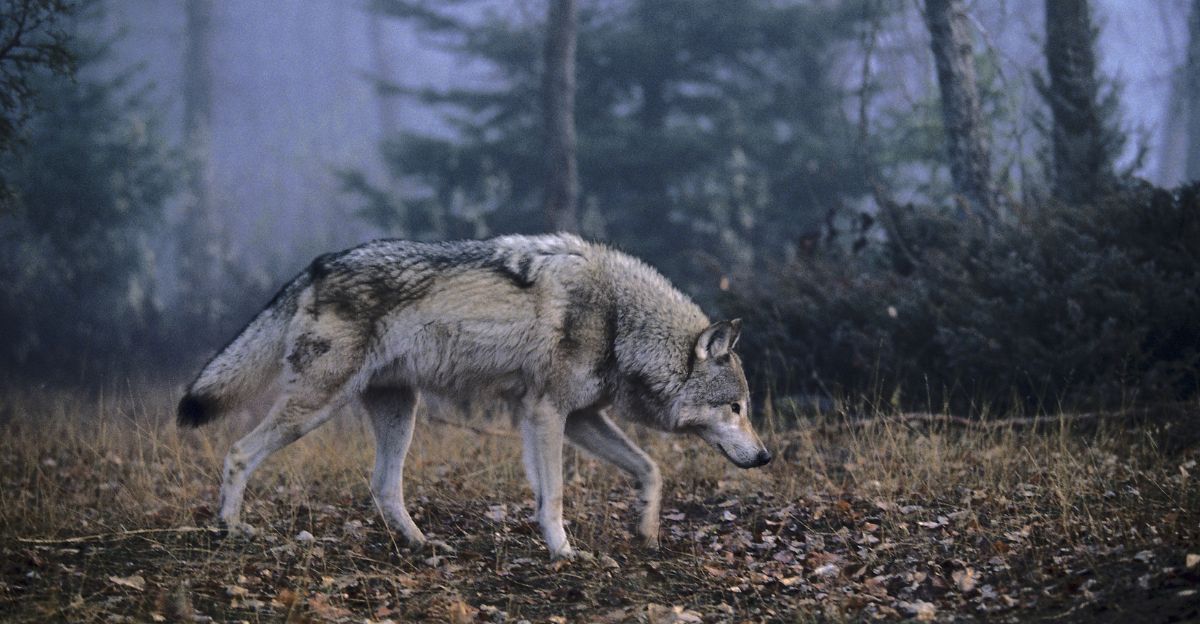
In 2020, only seven wolves were confirmed in the state. By 2023, that number had soared to 44, and within just a year, the population nearly doubled to 78 wolves by mid-2025. This explosive growth has been due to record pup births. At least 30 pups were born in a single spring, the largest increase in a century.
“How wonderful to witness another year of continued growth in California’s recovering wolf population,” said Amaroq Weiss, a senior wolf advocate at the Center for Biological Diversity. “It’s inspiring to watch this renaissance, and we should do everything we can to ensure California’s wolves have every chance to thrive.”
The Official Confirmation
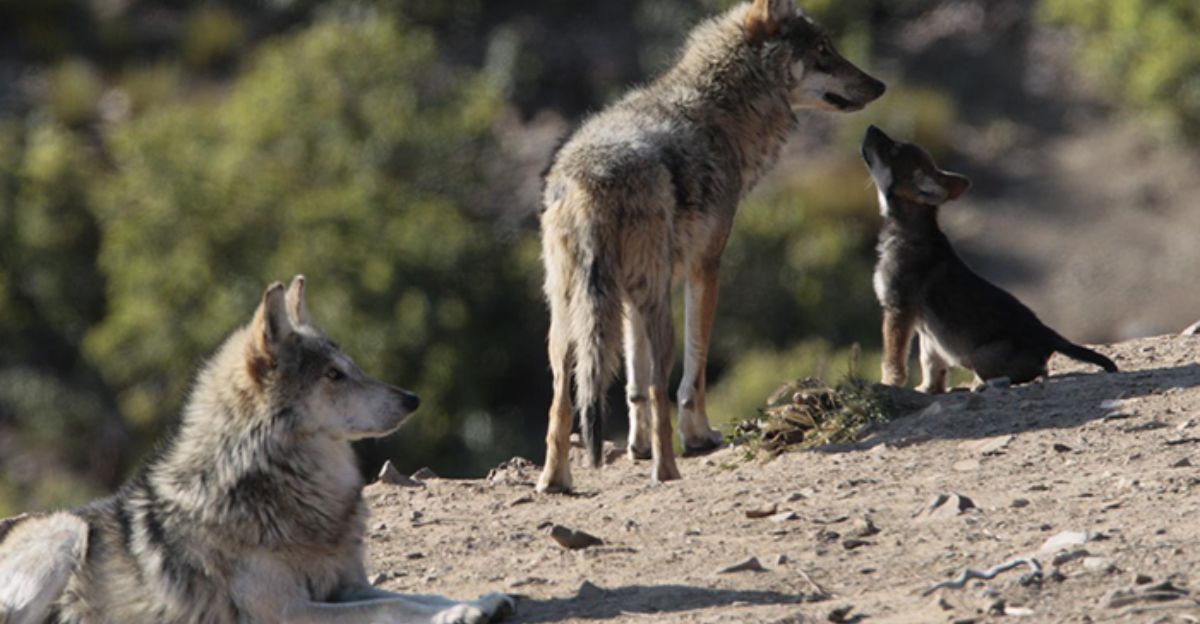
The California Department of Fish and Wildlife (CDFW) uses a combination of methods to verify the presence of a pack: researchers document at least two wolves together in the same area on four or more occasions over six months, using tools such as remote cameras, tracking of footprints and scat, and genetic analysis from collected samples.
In some cases, GPS and satellite collars are fitted to select wolves, allowing scientists to gather precise data on movement patterns, health, and pack relationships.
The Role of Federal and State Protections
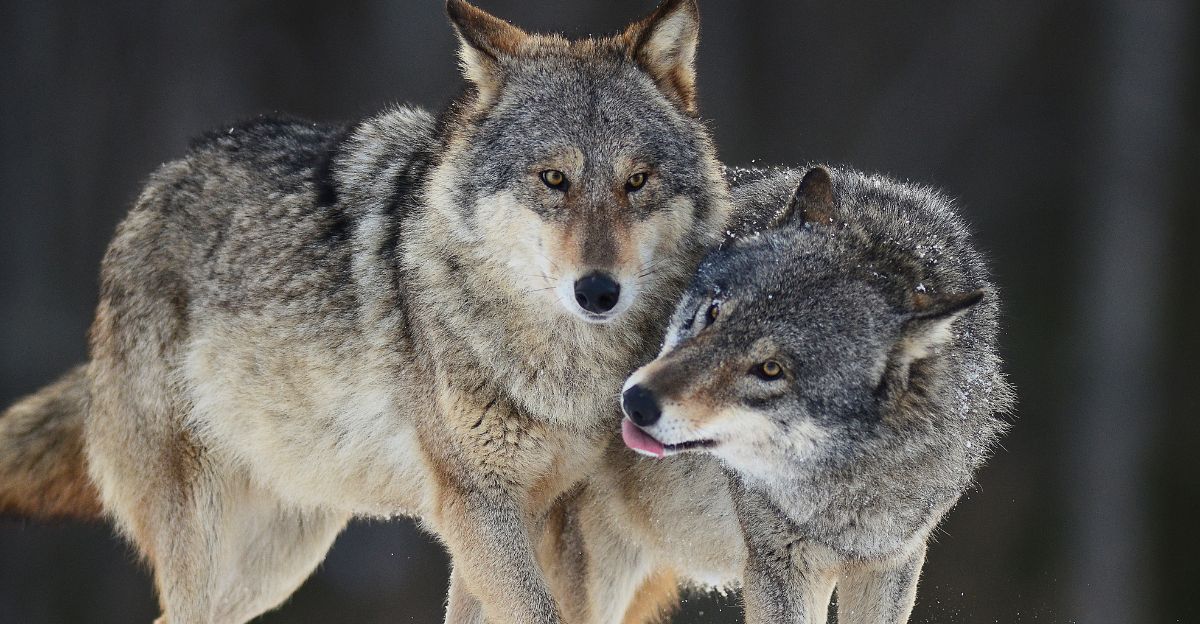
Wolves are listed as endangered under the U.S. Endangered Species Act and the California Endangered Species Act, making it illegal to intentionally harm or kill them except in cases where human safety is at risk. State agencies, like the California Department of Fish and Wildlife, must develop science-based management and recovery plans, ensuring that the best available data guide conservation efforts.
While federal protections offer nationwide consistency, California’s state-level laws add a layer of security and dedicate resources specifically to local wolf recovery.
The Impact on Local Ranchers
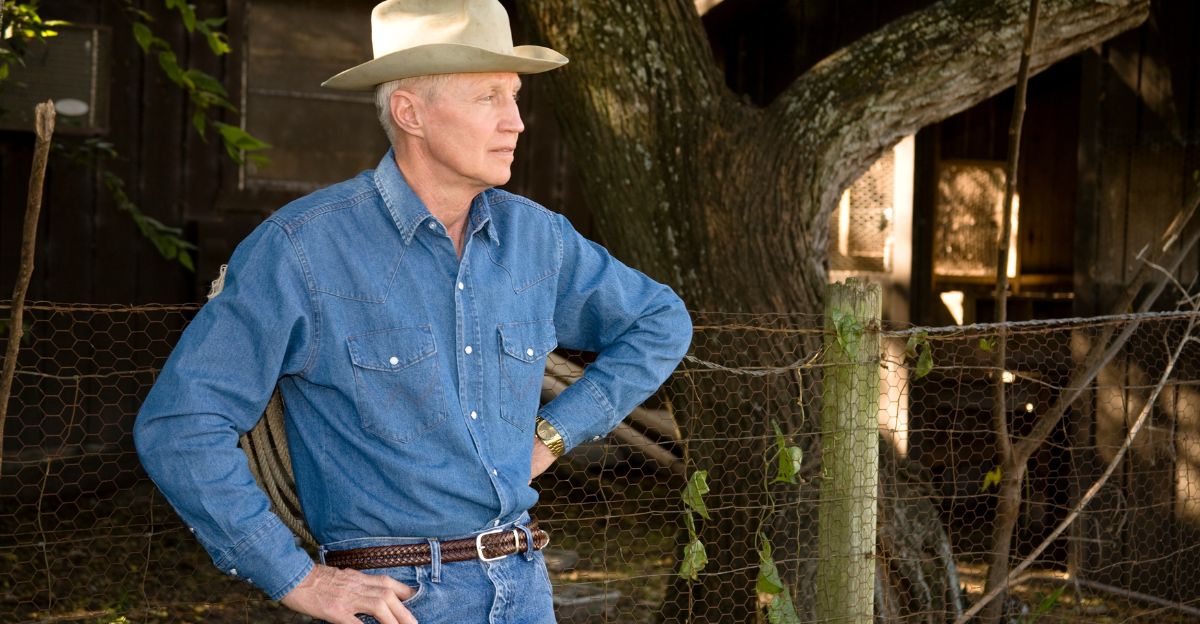
While the return of these wolves marks a victory for conservation efforts, not everyone is excited about their return to the area. Wolves have been confirmed to kill cattle, with at least 58 livestock lost to wolf predation in a single year and over 80 confirmed kills since 2021 in some counties. The mere presence of wolves raises stress levels in cattle, leading to lower calf weights and reduced conception rates, costing producers an estimated $69,000 to $162,000 per wolf annually, according to a study done by UC Davis professor and cooperative extension specialist in livestock and rangeland economics, Tina Saitone.
“Ranchers in Northern California were already well aware of these wolves,” said Kirk Wilbur, vice president of the California Cattlemen’s Association. “At least two of the packs have been confirmed to have killed livestock, and our members have had several sightings of the third pack.”
Compensation and Management Challenges
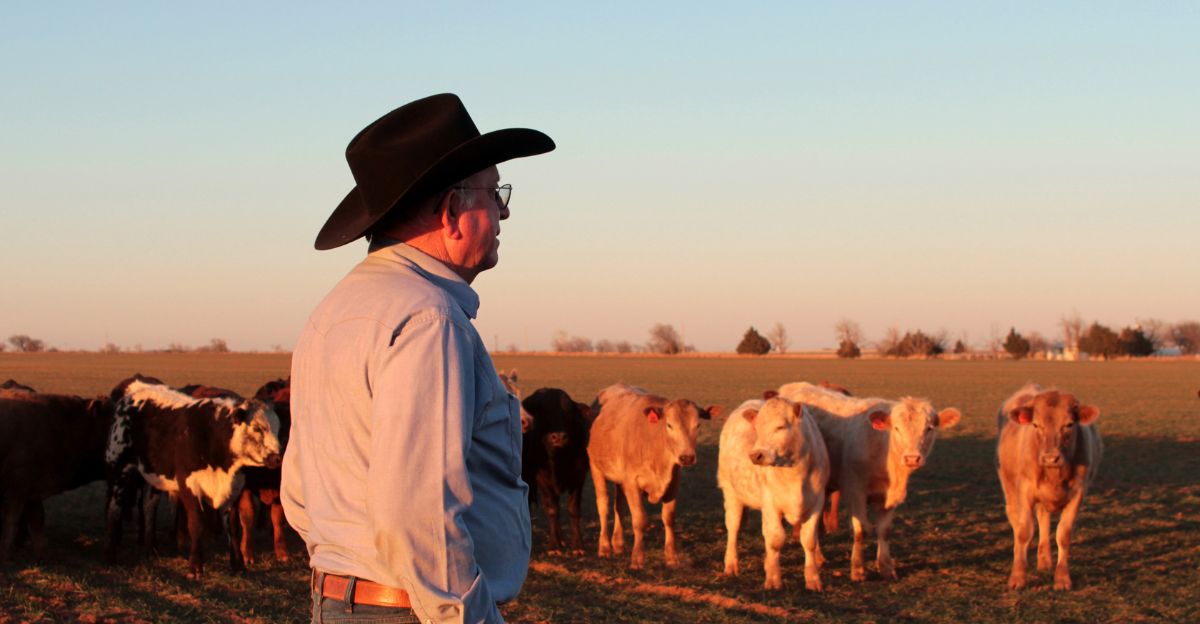
Due to local ranchers’ rising concern, compensation programs have been established to help ease the financial burden of these wolves’ return. Initially funded with $3 million, the state’s Wolf-Livestock Compensation Program was designed to reimburse ranchers for direct livestock losses, support nonlethal deterrence methods, and offset indirect economic impacts like reduced calf weights and pregnancy rates.
However, surging wolf populations and increased depredation have quickly exhausted available funds, with all initial allocations depleted by March 2024. Although renewed funding has provided some relief, demand continues to outpace resources, and only direct loss claims are currently being processed.
Community Outcry
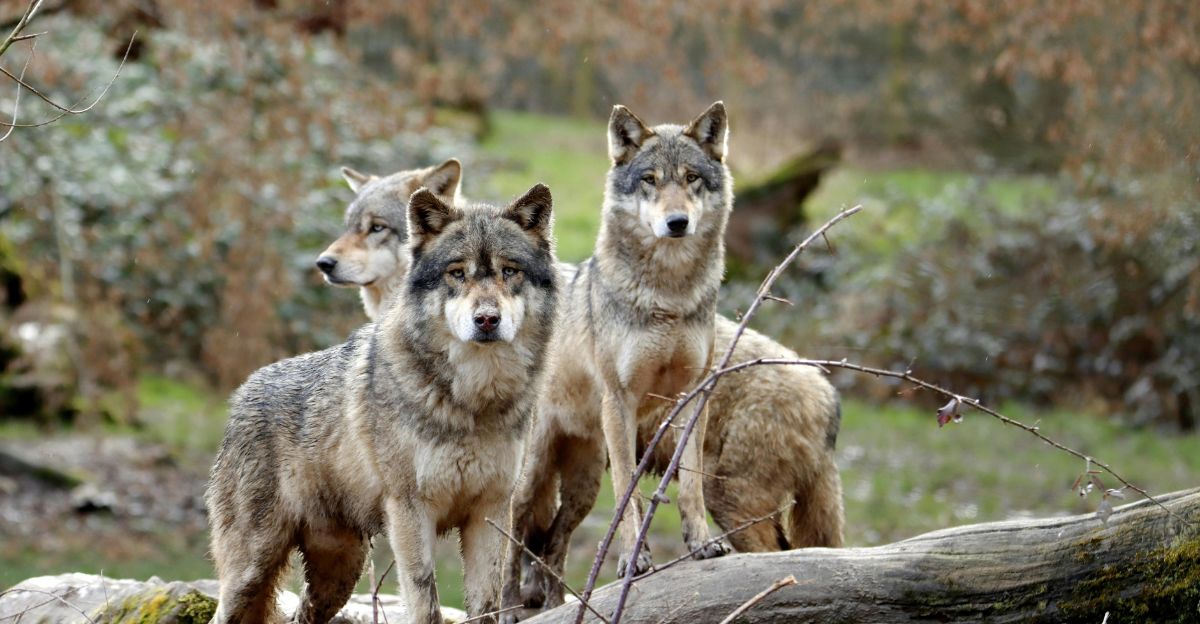
Communities have shown serious concern over these wolves’ bold behavior, fearing for the safety of their loved ones. Shasta, Lassen, Modoc, Plumas, and Sierra counties have all adopted emergency resolutions, claiming these wolves exhibit unusually bold behavior like approaching homes, attacking cattle near residences, and showing little fear of humans. While not granting counties new legal powers, the declarations serve as formal requests to the California Department of Fish and Wildlife for regulatory changes, such as allowing the removal or relocation of problem wolves and empowering local sheriffs to respond to specific threats.
“This is not just about livestock losses,” said Shasta County Supervisor Corky Harmon. “These wolves are coming too close to homes, showing no fear of people, and putting our rural families at risk. We need state support and practical tools to protect our residents.”
What The Future Holds
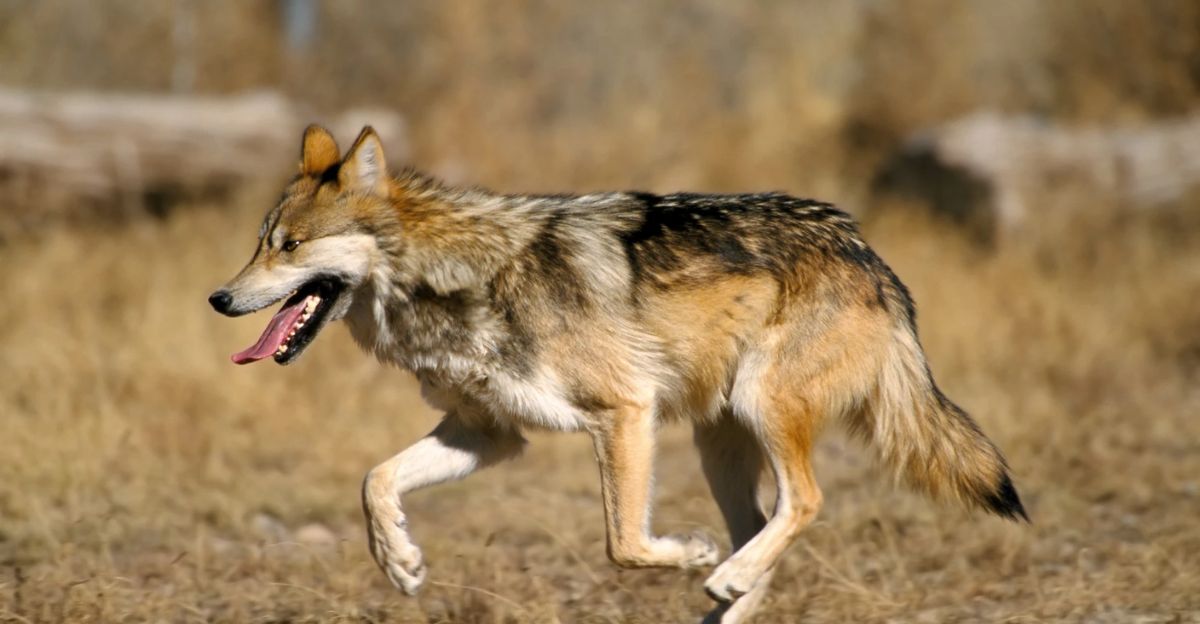
As California’s wolf population continues its remarkable rebound, the path forward is marked by complex challenges that will shape the future of wolf conservation in the state. Managing the delicate balance between ecological restoration and the realities of a densely populated, agriculturally rich landscape will require adaptive strategies and ongoing collaboration.
“Decades of research show that conflicts between livestock, wolves, and people are rare and preventable,” said Amaroq Weiss, a senior wolf advocate at the Center for Biological Diversity.. “These magnificent animals have immense value because they help keep nature wild and healthy, and that ultimately benefits humans as well.”







